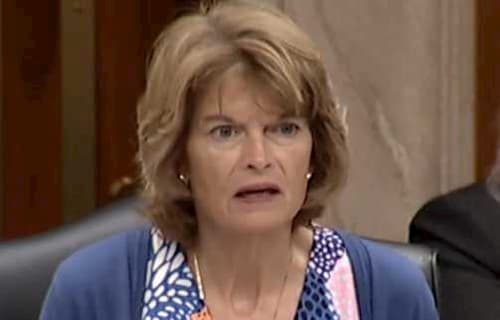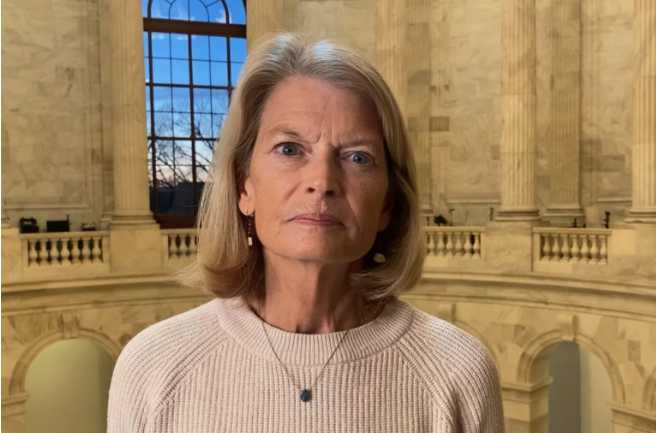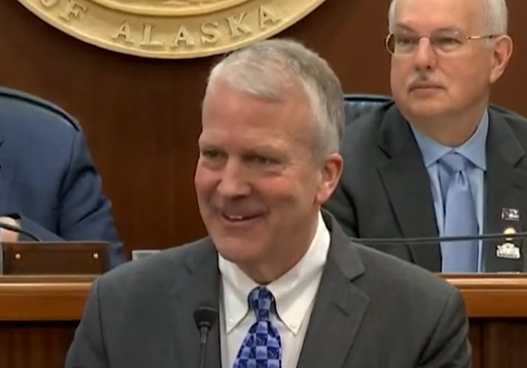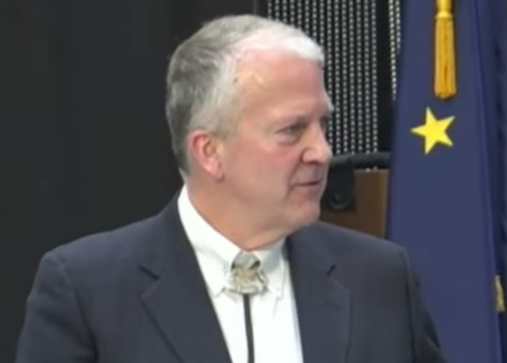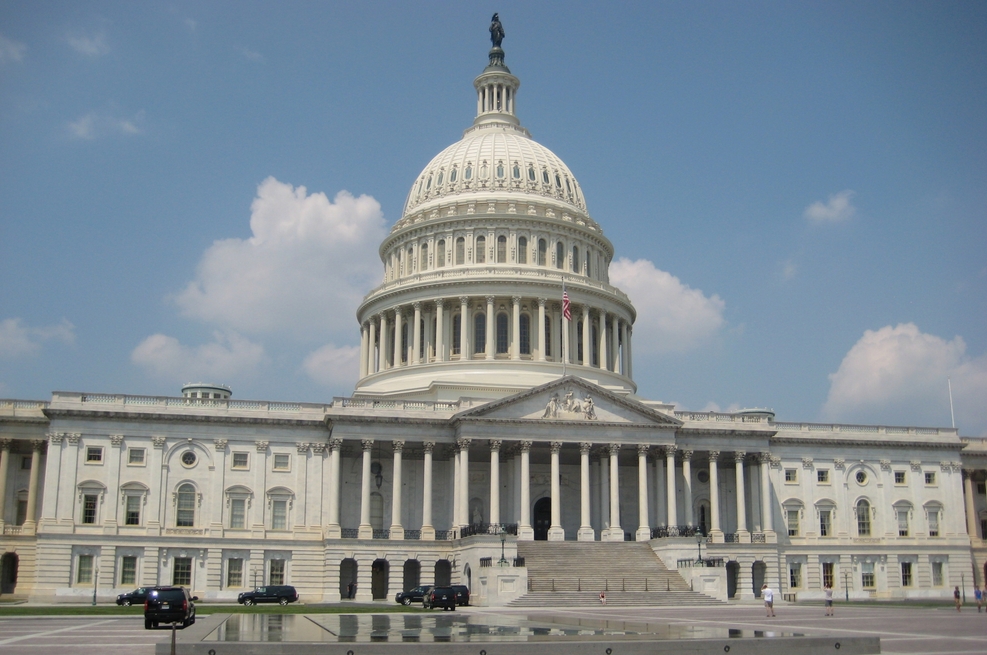Bill would improve property disposal procedure and help agencies better manage existing space
Today, Sens. Tom Carper (D-Del.), Rob Portman (R-Ohio), Tom Coburn (R-Okla.), Sen. Mark Pryor (D-Ark.), and Sen. Mark Begich (D-Alaska) introduced important deficit reduction legislation that would assist federal agencies in improving the disposal and management of federal buildings and facilities. TheFederal Real Property Asset Management Reform Act of 2012 would help facilitate the disposal of underutilized and unneeded federal property and establish a framework for federal agencies to better manage existing space in a more cost-effective manner.
The federal government owns over one million properties across the county, making it the largest property owner in the United States. In fact, every year since January 2003, the Government Accountability Office (GAO) has placed real property management on its list of “high risk” government activities, citing long-standing problems with excess and underutilized property; deteriorating and aging facilities; unreliable property data; and a heavy reliance on costly leasing instead of ownership to meet new needs. In fiscal year 2009, 24 federal agencies reported that they possessed more than 14,000 excess and 45,000 underutilized buildings that cost more than $1.7 billion annually to operate.
The Federal Real Property Asset Management Reform Act of 2012 would address vulnerabilities in current law by streamlining the current federal real property disposal process and implementing measures that eliminate property mismanagement and achieve greater efficiencies within the existing disposal process.
“When it comes to federal property management, it’s clear to me and others that we can get better results and save money,” said Sen. Carper. “Federal property management has been on the Government Accountability Office’s high-risk list every year since January 2003, in part due to the overwhelming number of unneeded and underutilized facilities held by federal agencies. With concerns over the implications of our deficit and national debt mounting, eliminating waste and achieving cost savings in this area must be a top priority. By disposing of unneeded buildings, reducing maintenance costs, and consolidating and re-aligning existing space, we can save taxpayer dollars and make government work better for everyone. This legislation helps agencies come up with innovative property management tools to expeditiously dispose of assets they no longer need and to take better care of those that they do need. Fortunately, both Congress and the Obama Administration are united in their commitment to address the issue and I look forward to working with my colleagues to move this important bill forward.”
“At a time of record deficits and debt, we should spare no effort to eliminate government waste,”said Sen. Portman. “There is no excuse for the federal government to maintain over 50,000 excess or underused properties, and this bipartisan bill gives the government the tools to right-size its property ownership and use the proceeds to reduce the deficit. Based on my service in the Office of Management and Budget, I can attest that the authority this bill gives the OMB Director will be very effective at producing real savings from property sales and reduced upkeep costs.”
“With our debt now greater than the size of our economy, we need to do everything possible to cut spending,” said Sen. Coburn, M.D. “Selling excess federal property is an important step. The federal government is the largest property owner in the United States today and we are terrible managers. According to a recent report, the federal government spent $1.6 billion maintaining excess and underutilized properties in 2010. The president’s own fiscal commission recommended selling off at least $15 billion in property as a way to achieve immediate savings for deficit reduction. Senate Majority Leader Reid should bring this bi-partisan bill to the floor for a vote immediately.”
“By purging unnecessary property and ending maintenance costs for federal properties, we can save taxpayers hundreds of millions of dollars,” said Sen. Pryor. “This bill is an easy step we can take to reduce budget spending.”
“The federal property management process is ineffective and must be streamlined,” said Sen. Begich.”This common sense bill will reduce the deficit by utilizing proceeds from the sale of unnecessary federal property to strengthen management oversight and regulation of properties, put much needed dollars into the Treasury, and help our state and local governments reduce the scourge of homelessness. Equipping federal agencies with the tools and structure to make well-informed property management decisions, this legislation will ultimately eliminate another example of government waste and put us back on the path to fiscal recovery.”
Specifically, the Federal Real Property Asset Management Reform Act of 2012 would:
- Permanently establish a property management leadership structure within agencies and at OMB.This structure is based on an executive order issued by President Bush in 2004. It involves the formal creation of a Federal Real Property Council to guide government-wide property management policies and the clarification of OMB, GSA, and other agencies’ roles in property management issues. Having a centralized decision-making body in place will better equip agencies to make decisions about property planning, acquisition, use, maintenance, and disposal.
- Require each agency to have a senior real property management officer, which emphasizes the importance of having someone with real property experience to oversee agencies’ real property assets. The senior real property officer would continually monitor real property assets to ensure that they are being used and invested in a way that supports the goals and objectives of the agency’s strategic plan.
- Mandate that the Federal Real Property Council set a government-wide surplus property reduction goal, with each agency developing an agency-specific plan for disposing of unneeded property and making use of existing property before obtaining new property. The bill would also require the Council to establish performance measures to determine the effectiveness of federal real property management. The performance measures should enable Congress and heads of federal agencies to track progress and also hold top managers accountable for achieving goals.
- Begin the process of evaluating and potentially ending costly leases by requiring agencies to submit a justification to Congress for leasing property when building ownership would be more cost effective. Moreover, many agencies have received their own independent statutory leasing authority, which authorizes them to acquire leased space. Congress provided these agencies with independent leasing authority either through their enabling legislation or through an appropriations act. The authority may be for a particular type of space or for general leasing authority. For example, the Commodity Credit Corporation of the Department of Agriculture has leasing authority for office space and storage space, while other agencies, such as the Patent and Trademark Office, have general leasing authority. In an effort to increase oversight and facilitate compliance with applicable laws and regulations governing the acquisition of leases, the bill would prevent agencies with independent leasing authority from procuring above threshold leases without obtaining Congressional approval prior to executing the transaction.
- Require agencies to dispose of property determined to be surplus as of the date of enactment within two years. Properties could be sold, demolished, or disposed of in any other way as appropriate. Congress and the public would be kept up to date on disposal activity through a central web site. Agencies that do not comply with the two-year requirement for disposing of surplus property they possess would not be permitted to buy or lease new property unless they receive a waiver and could be subject to a 1-time penalty equal to 80 percent of the fair market value of the underutilized asset.
- Utilize the proceeds from the sale of unneeded property for purposes of deficit reduction. Any remaining proceeds from those sales would be divided between three accounts: 80 percent would be deposited in the Treasury as miscellaneous receipts, 18 percent would be allocated to federal agencies for property management and disposal activities, while the remaining 2 percent would be spent for homeless assistance grants.
- Create a process that would adequately address the needs of the homeless and state and local governments. The bill authorizes the Department of Housing and Urban Development (HUD) to make grants to nonprofit entities for the purchase of real property suitable to assist the homeless. The HUD Secretary is directed to give preference to nonprofit entities in the areas in which real property is being sold through the pilot program.

